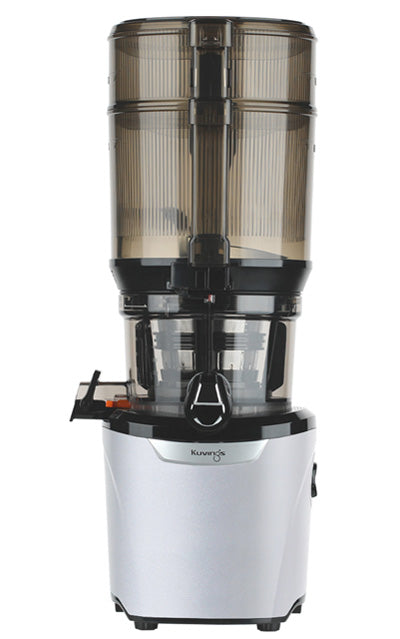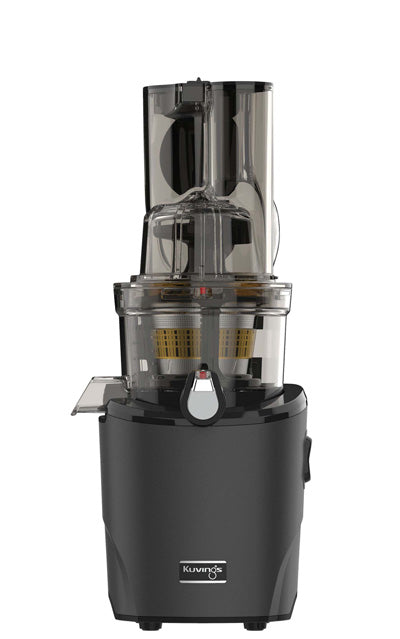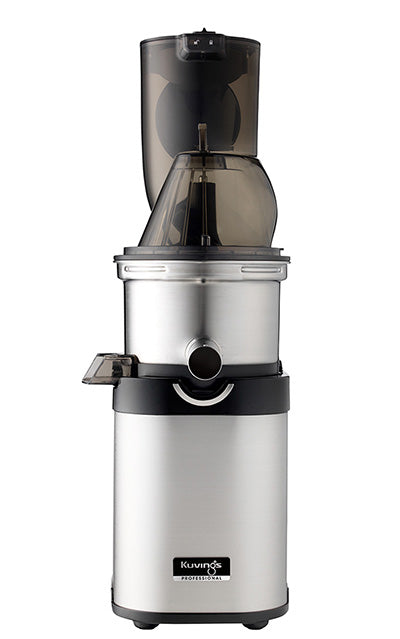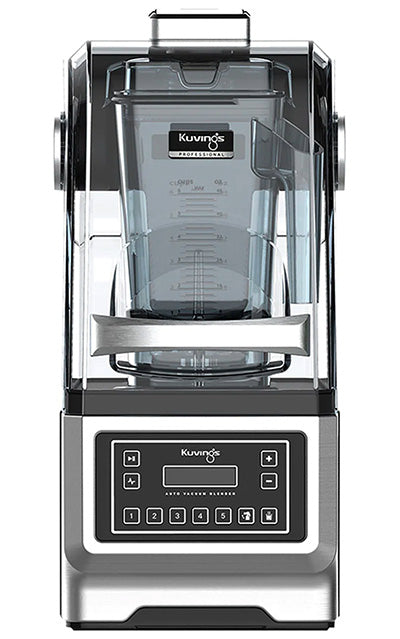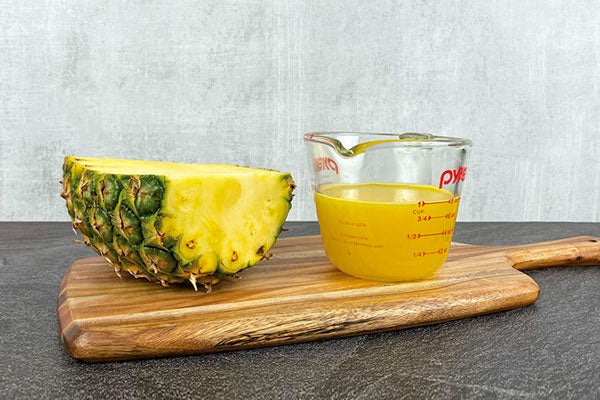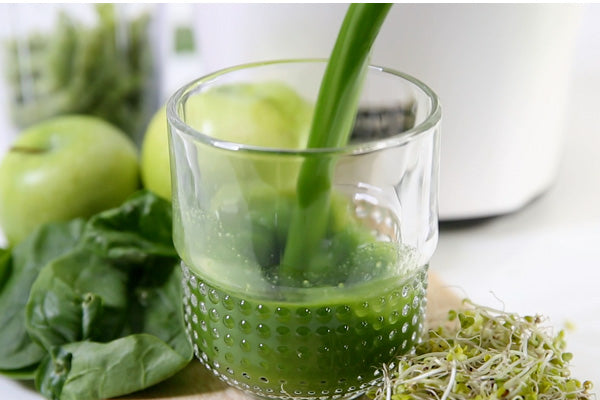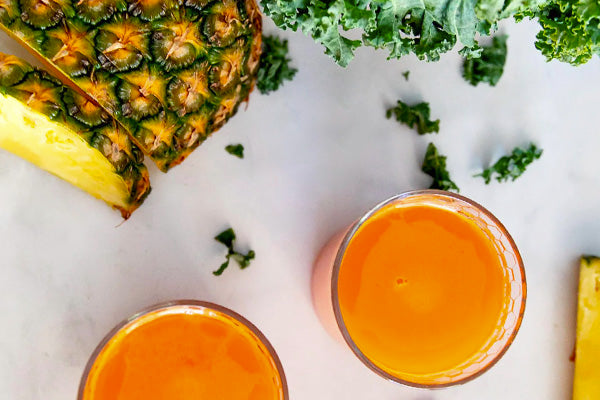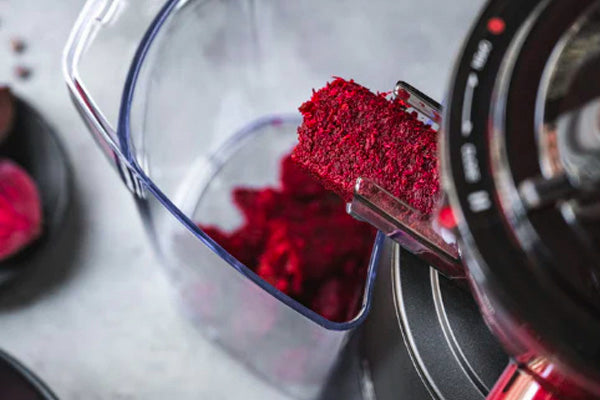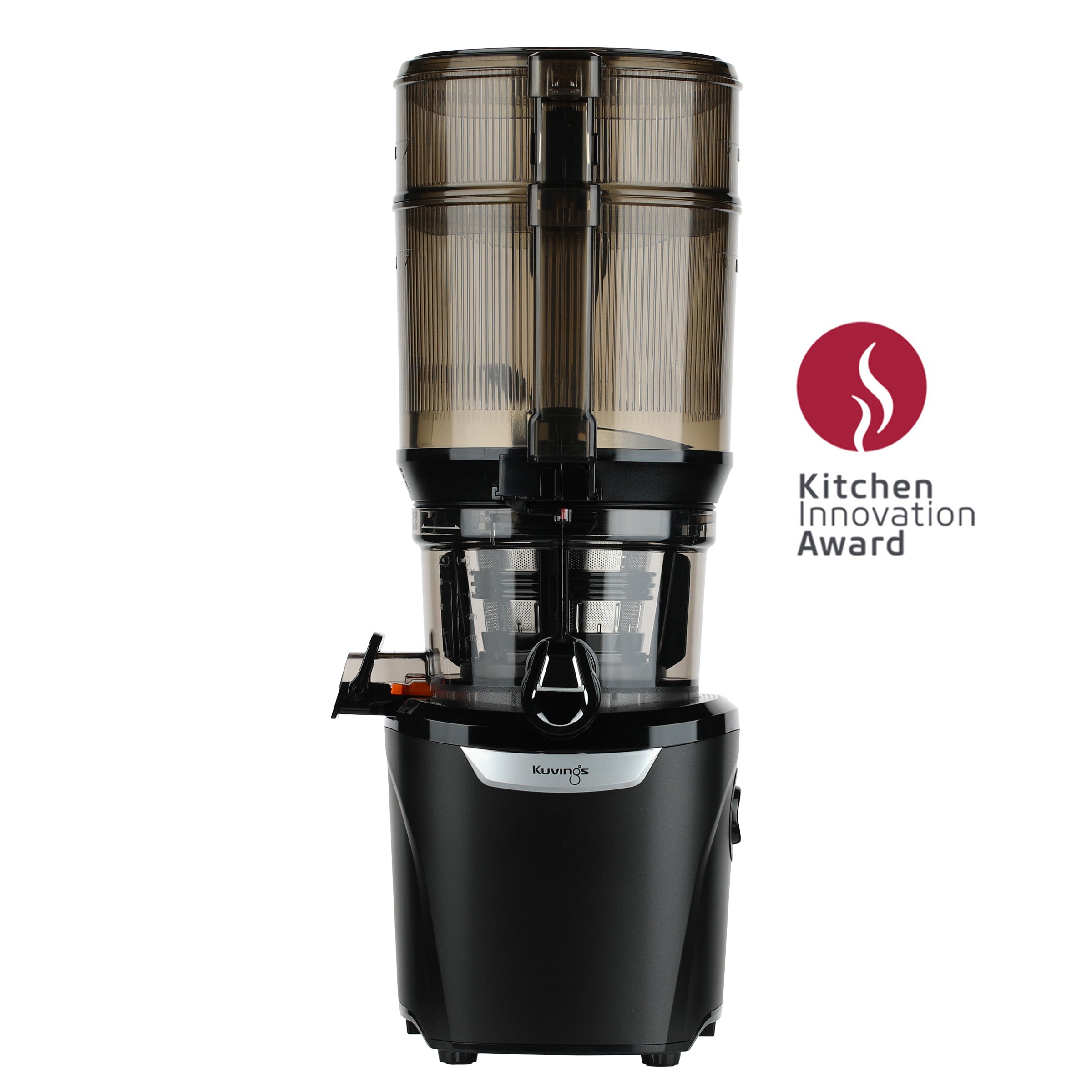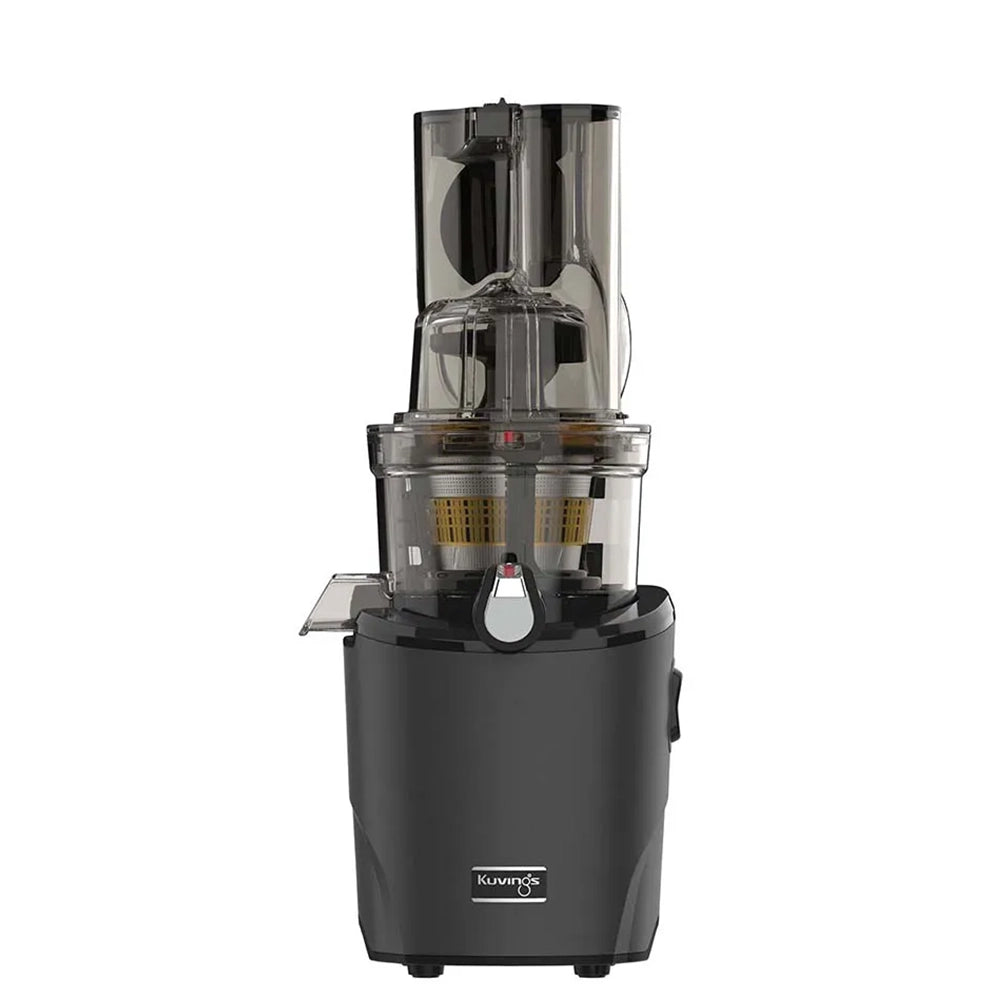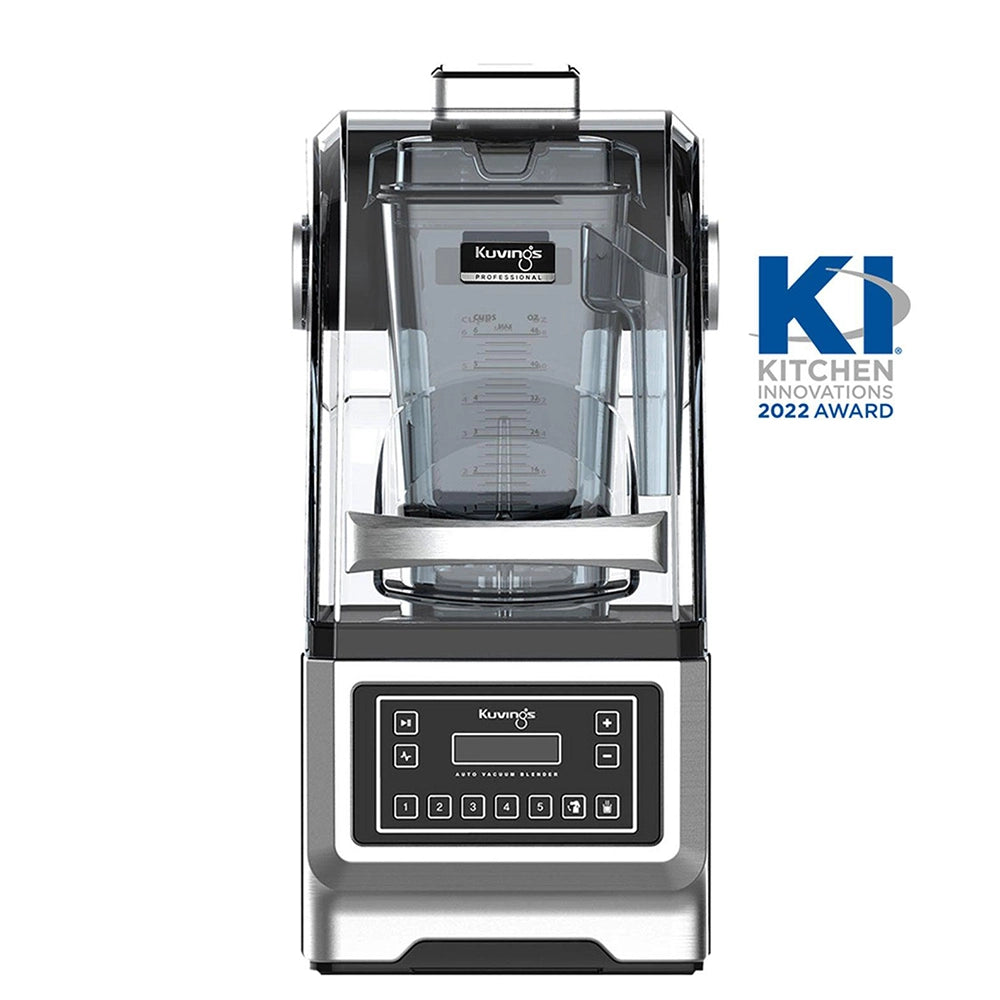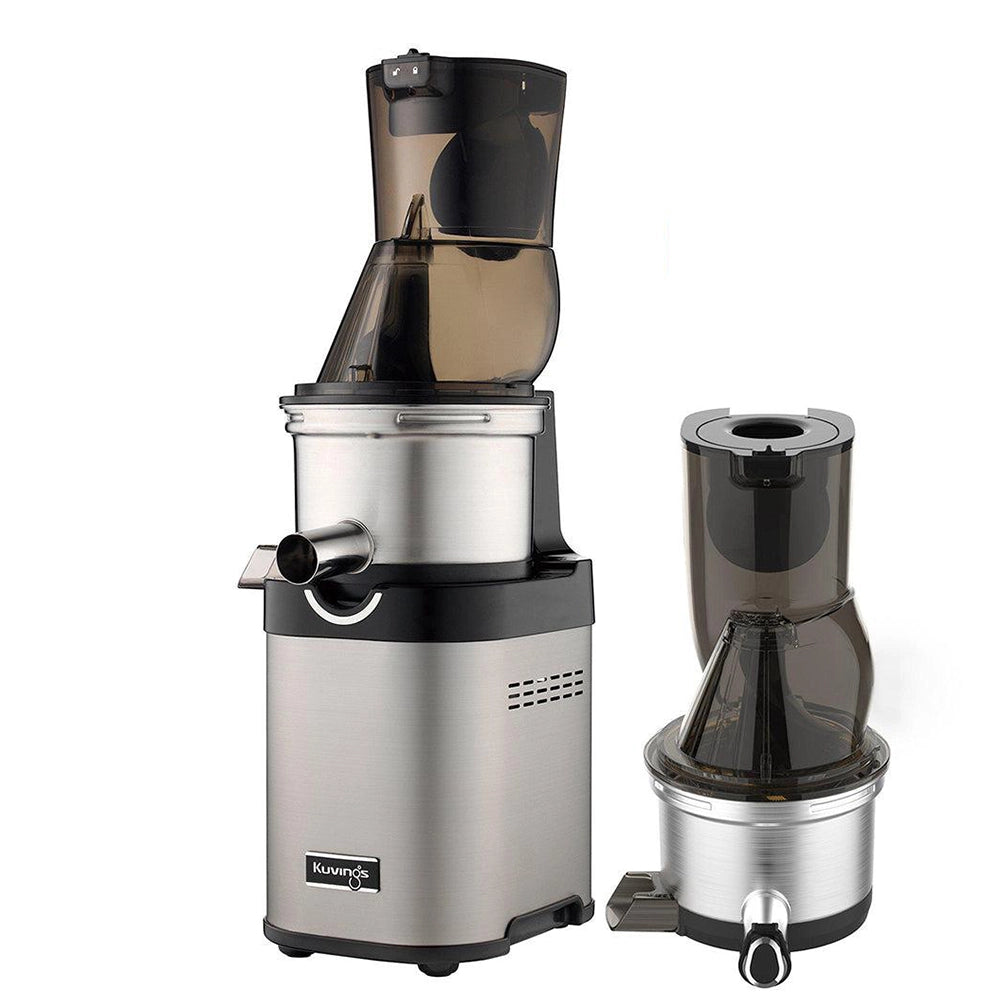Vegetables are absolutely essential to a healthy diet. They can reduce the risk of chronic diseases, lower blood pressure, improve digestion, and much more.
The recommended daily amount is 2-3 cups, but a 2017 CDC study found that 90% of American adults don’t eat enough vegetables.
To help you live a healthier lifestyle, we’ve compiled 14 ways to eat more vegetables (without eating salad for every meal).
1. Store in plain sight
 Out of sight, out of mind. When you confine your produce to the crisper drawer, you’re likely to forget it’s there.
Out of sight, out of mind. When you confine your produce to the crisper drawer, you’re likely to forget it’s there.
Instead, give your veggies the prime spot in the refrigerator. Next time you open the refrigerator door in search of a snack, you’ll be faced with fresh produce.
2. Prep right away
When you come home from the grocery store or market, wash, peel, and cut your snackable veggies before putting them away.
This is especially useful for carrots, lettuce, snap peas, and celery. Separate them into small bags or reusable containers so they’ll be easy to pull out and chomp on.
3. Juice
 Juicing is an easy way to consume a medley of raw vegetables.
Juicing is an easy way to consume a medley of raw vegetables.
Your body will be able to quickly absorb the soluble fiber and nutrients of the vegetables, without filling your stomach with insoluble fiber. Both types of fiber are important for a healthy diet, so be sure to follow the other tips in this article as well.
You’ll get the highest quality juice with a whole slow juicer, which gently crushes ingredients to keep their valuable nutrients and enzymes intact.
If you’re new to juicing vegetables, you can add an apple or other fruit to sweeten the juice. Over time, you’ll find it easier to reduce the amount of fruit. Pretty soon, you’ll be craving the taste of pure vegetable juice!
4. Boost breakfast
 A green juice or smoothie for breakfast will give you a dose of veggies before you’re fully awake.
A green juice or smoothie for breakfast will give you a dose of veggies before you’re fully awake.
If you prefer to eat eggs in the morning, add some sliced bell peppers, mushrooms, or spinach to your omelet.
5. Make soup
 In addition to juice and smoothies, soup is another slurpable way to enjoy vegetables.
In addition to juice and smoothies, soup is another slurpable way to enjoy vegetables.
Turn blended vegetables like squash, sweet potatoes, and pumpkin into a creamy soup, or add chopped vegetables to a canned soup or broth.
6. Roast instead of boiling
If vegetables are already not your thing, an overboiled head of broccoli is just going to grow cold on your plate.
Roasting vegetables brings out their flavor and makes them delightfully crunchy.
Lightly coat chopped broccoli, cauliflower, brussels sprouts, carrots, or asparagus in olive oil and season with salt, pepper, and herbs of your choice (optional). Roast in the oven at 425° for about 20-30 minutes.
7. Dress them up
 Let vegetables be the vehicle for a stellar salad dressing. If you don’t like the bottled stuff, most salad dressings are easy to make with ingredients you already have at home.
Let vegetables be the vehicle for a stellar salad dressing. If you don’t like the bottled stuff, most salad dressings are easy to make with ingredients you already have at home.
For a quick lemon vinaigrette, whisk together ¼ cup lemon juice, ⅓ cup olive oil, a minced garlic clove, 1 teaspoon of Dijon mustard, and a pinch of salt and pepper. Pour over a leafy salad for a tangy side dish.
8. Create veggie noodles
 Spiralize zucchini, carrots, or sweet potatoes to make veggie noodles. These noodles don’t necessarily need to be cooked, so this is a great way to consume raw vegetables.
Spiralize zucchini, carrots, or sweet potatoes to make veggie noodles. These noodles don’t necessarily need to be cooked, so this is a great way to consume raw vegetables.
Another vegetable pasta alternative lives up to its name: spaghetti squash. It’s surprisingly easy to make and has a neutral taste.
9. Get saucy
You need something to go with your veggie noodles! Adding vegetables to tomato sauce is one of the easiest (and sneakiest) ways to include more vegetables in your meals.
Try adding minced celery, bell peppers, zucchini, or mushrooms to a homemade tomato sauce. Or, simply sauté them in a little olive oil before stirring in the sauce from a jar. You can also make a flavorful pesto from kale or spinach.
10. Use frozen vegetables
This is a perfect option for winter months, or if fresh veggies aren’t available to you.
Frozen vegetables are picked and frozen at their peak ripeness, making them just as nutritious as fresh ones.
You can thaw and prepare them just as you would fresh veggies. Juice, roast, grill, blend, you name it! You can even make healthy ice cream using frozen avocados.
11. Eat with dips
 An irresistible dip can make even vegetable haters reach for a carrot stick. Dunk fresh veggies into homemade guacamole, hummus, or ranch dip.
An irresistible dip can make even vegetable haters reach for a carrot stick. Dunk fresh veggies into homemade guacamole, hummus, or ranch dip.
12. Try lettuce wraps
Swap a bun, pita, or tortilla with a large leaf of lettuce. Lettuce wraps provide a satisfying crunch and a refreshing twist to sandwiches and tacos.
13. Snack on veggie chips
Who doesn’t love chips? Bake or air-fry thinly sliced carrots, parsnips, sweet potatoes, and beets for a salty snack. For an even healthier crunch, roast kale in the oven or air fryer to make kale chips.
14. Add to desserts

You read correctly: you can eat vegetables for dessert (and enjoy it, too).
Incorporate shredded veggies (or juice pulp) into muffins, breads, and other baked goods, like these decadent beet brownies.
There are many more ways to enjoy veggies, but these 14 are a great start. With a little bit of creativity and practice, you can train your taste buds to crave vegetables. Your body will thank you!
Follow Kuvings USA on Instagram and Facebook for more healthy inspiration.

